
The protein digestibility-corrected amino acid score (PDCAAS) has been used to evaluate protein quality in human foods. Previously Amino Acid Scoring (AAS) provides a way to predict how efficiently protein will meet a person’s amino acid needs. But this method has some drawbacks, in this method AAS is determined after acid hydrolysis of proteins which results in total amino acid content but some of the amino acids in the total pool are not bioavailable. Some of the protein may not be digested completely and an error in AAS has been observed. The degree of error varies depending on food e.g highly processed food has impaired digestibility & proteins with plant origin have lower digestibility.
The protein digestibility– corrected amino acid score (PDCAAS) has been adopted by FAO/WHO as the preferred method for the measurement of the protein value in human nutrition. The method is based on comparison of the concentration of the first limiting essential amino acid in the test protein with the concentration of that amino acid in a reference (scoring) pattern. After calculating the score a digestibility factor was multiplied. In vitro digestibility of protein has been carried out by two main enzyme that are responsible to digest the proteins these are pepsin and pancreatin.
For this purpose, an experiment was conducted to compare values for digestible amino acid scores for six health/ nutraceutical supplement proteins with values calculated as recommended for protein digestibility-corrected amino acid scores (PDCAAS).
Materials & Methods
Reagents & standards:
Amino acids standards were procured from Merck India. SRL , Acetonitrile, Methanol (all Chromatography grade )from Rankem. FMOC, OPA, Borate buffer were also procured from Agilent Tech. HCL & TCA from Merck, Enzyme Pancreatin and Pepsin was purchased from Loba chemical. Hydrogen peroxide and formic acid from Merck were taken for the study.
Equipments & other Materials:
Shimadzu LC-2030 series HPLC consisting of a Quaternary pump, UV detector with an automated Sample Injector and column oven compartment. Lab solution software was used for data interpretation and the chromatographic separation was performed on a reversed-phase column (Agilent Technologies Advance Bio Peptide Map 4.6 × 150 mm, 3.5 µm). Assorted glassware, Micropipette, Multivap, digitally temperature-controlled water bath.
Total Nitrogen was estimated by Total Nitrogen analyzer by Pelican.
Methods for amino acid profiling:
Performic acid oxidation
Performic acid is prepared freshly by adding 1 ml of 30 % H2O2 to 9 mL of 88 % formic acid and 50 mg phenol. Mix was cooled to 0 ⁰C. Two mL of performic acid was added to the protein powder equivalent to 5 mg protein. The reaction mixture kept for 4 h. Excess reagents removed by diluting with water and then removed under vacuum. This is repeated two times and finally dried to completeness. Standard amino acid cystine (1 mg) and methionine (1 mg) were treated similarly.
Hydrolysis
The sample is then transferred to a hydrolysis tube and Added 1 mL HCl (6 M) a small amount of phenol (0.5%) to the performic acid oxidized protein powder sealed under nitrogen. The hydrolysis is carried out for 24 h @110 oC. After Adjusting pH to 7 this mix was subjected to derivatization
Derivatization
Derivatization was performed by reacting the free amino acids with OPA and FMOC in presence of borate buffer to form corresponding amino acid derivatives which are detectable at UV region
This process takes approximately 30 minutes per sample.
LC conditions
System: Shimadzu LC-2030
Column: Agilent ZORBAX Eclipse AAA, 4.6×150mm, 3.5µm
Column temperature: 40ºC
Flow rate: 2.0mL/min
Mobile phase A: 40mM phosphate buffer pH-7.8
Mobile phase B: Methanol : Acetonitrile : Water = 45:45:10
Detection (Dual wavelength):Channel A: 338 nm Channel B: 262 nm
In-vitro Protein Digestibility: Procedure
1 gm representative test Sample were taken and to added 25 mg of Pepsin in 0.1N HCl. The sample with enzyme were incubated at 37 °C for 3 hrs. After that it was cooled and neutralized with 0.5N NaOH. After this 20mg of Pancreatin in 7.5ml of phosphate buffer was again added to this mix and again incubated 37°C for 24h. All the digestible protein should be digested in this process the remaining undigested protein was precipitated out with 10 ml of 10% TCA. After that the mixture was Centrifuged at 3000 rpm for 20 min. Nitrogen in supernatant estimated by Kjeldahl method which was representing the Soluble Nitrogen/ digested nitrogen.
Results & Discussion:
Protein Digestibility Corrected Amino Acid Scoring (PDCAAS) was calculated on the basis of the WHO/FAO essential amino acid scoring pattern for infant, children and adult using the protein digestibility values obtained via in vitro methods for correction. Table 1. Shows the AAS.
Table 1. The WHO/FAO recommended amino acid scoring patterns
| Cys +
Met |
Phe + Tyr | Thr | Trp | Val | ||||||||||
| Scoring pattern mg/g protein requirement | ||||||||||||||
| Infant (Birth to 6 months) | 21 | 55 | 96 | 69 | 33 | 94 | 44 | 17 | 55 | |||||
| Child (6 months to 3 yrs) | 20 | 32 | 66 | 57 | 27 | 52 | 31 | 8.5 | 43 | |||||
| Older child, adolescent, adult | 16 | 30 | 61 | 48 | 23 | 41 | 25 | 6.6 | 40 | |||||
Digestibility of Different Health Supplement Milk/Nutraceutical protein Powder was performed. The products are selected in such a way that it can cover both children and adult. The protein digestibility of different products of different brands was demonstrated in table 2. For brand B & brand E found most
Table 2: Digestibility of Different Health Supplement Milk/ Protein Powder
| Product Category | Digestibility (%) |
| Brand A (For Adult/ adolescent) | 86.9 |
| Brand B (For Adult/ adolescent) | 82.2 |
| Brand C (For Adult/ adolescent) | 94.5 |
| Brand D (Child- 6 months to 3 yrs ) | 94.1 |
| Brand E (For Adult/ adolescent) | 73.3 |
| Brand F (Child- 6 months to 3 yrs ) | 99.8 |
| Brand G (For Adult/ adolescent) | 95.2 |
PDCAAS Results Calculation:
The calculation of PDCAAS = (limiting amino acid content in sample protein/same amino acid content of the reference pattern) × protein digestibility. According to this calculation the PDCAAS value of different products are represented as-
The limiting amino acids for the category of 6 month to 3 years old children are estimated and PDCAAS values are calculated in using the above equation. Elaborated result is demonstrated in following table.
Table 3: PDCAAS of Different Health Supplement Milk/ Protein Powder for the category of 6 month to 3 years old children
| Name of LAA | WHO Ref Standard mg/g | Brand D (Child- 6 months to 3 yrs ) mg/g | AAS of Brand D (Child- 6 months to 3 yrs ) | PDCAAS Brand F (Child- 6 months to 3 yrs ) | Brand F (Child- 6 months to 3 yrs ) mg/g | AAS Brand F (Child- 6 months to 3 yrs ) | PDCAAS Brand F (Child- 6 months to 3 yrs ) | |
| Isoleucine | 32 | 48 | 1.5 | 1.4 | 36 | 1.1 | 1.1 | |
| Leucine | 66 | 81 | 1.2 | 1.2 | 69 | 1.0 | 1.0 | |
| Lysine | 57 | 62 | 1.1 | 1.0 | 61 | 1.1 | 1.1 | |
| Histidine | 20 | 74 | 3.7 | 3.5 | 30 | 1.5 | 1.5 | |
| Threonine | 31 | 36 | 1.2 | 1.1 | 32 | 1.0 | 1.0 | |
| Cystine+Meth | 27 | 146 | 5.4 | 5.1 | 39 +11 | 1.9 | 1.9 | |
| Phenylalanine+TYR | 52 | 54 | 1.0 | 1.0 | 35 +19 | 1.0 | 1.0 | |
| Tryptophan | 8.5 | 16 | 1.9 | 1.8 | 12 | 1.4 | 1.4 | |
| Valine | 43 | 52 | 1.2 | 1.1 | 48 | 1.1 | 1.1 |
The limiting amino acids for the category of adolescent and adult are also estimated and PDCAAS values are calculated in similar way. Elaborated result is demonstrated in following table
Table 4: PDCAAS of Different Health Supplement Milk/ Protein Powder for the category of adolescent and adult
|
|
WHO Ref Standard
mg/g |
Brand B (For Adult/ adolescent) mg/g | AAS of Brand B (For Adult/ adolescent) | PDCAAS Brand B | Brand G (For Adult/ adolescent) mg/g | AAS Brand G (For Adult/ adolescent) | PDCAAS Brand G | Brand E (For Adult/ adolescent) mg/g | AAS Brand E (For Adult/ adolescent) | PDCAAS Brand E | Brand A (For Adult/ adolescent) mg/g | AAS of Brand A (For Adult/ adolescent) | PDCAAS Brand A | |
| Isoleucine | 30 | 34 | 1.1 | 0.9 | 85 | 2.83 | 2.7 | 72 | 2.4 | 1.8 | 48 | 1.6 | 1.4 | |
| Leucine | 61 | 87 | 1.4 | 1.1 | 90 | 1.48 | 1.4 | 83 | 1.4 | 1.0 | 81 | 1.3 | 1.1 | |
| Lysine | 48 | 49 | 1.0 | 0.8 | 52 | 1.08 | 1.0 | 56 | 1.2 | 0.9 | 62 | 1.3 | 1.1 | |
| Histidine | 16 | 17 | 1.1 | 0.9 | 19 | 1.19 | 1.1 | 23 | 1.4 | 1.0 | 74 | 4.6 | 4.0 | |
| Threonine | 25 | 32 | 1.3 | 1.1 | 30 | 1.20 | 1.1 | 28 | 1.1 | 0.8 | 36 | 1.4 | 1.2 | |
| Cystine+Meth | 23 | 15 +11 | 1.1 | 0.9 | 65 | 2.83 | 2.7 | 94 | 4.1 | 3.0 | 146 | 6.3 | 5.5 | |
| Phenylalanine+TYR | 41 | 43 +6 | 1.2 | 1.0 | 8 + 34 | 1.02 | 1.0 | 29 +15 | 1.1 | 0.8 | 54 | 1.3 | 1.1 | |
| Tryptophan | 6.6 | 9 | 1.4 | 1.1 | 12 | 1.82 | 1.7 | 26 | 3.9 | 2.8 | 16 | 2.4 | 2.1 | |
| Valine | 40 | 48 | 1.2 | 1.0 | 45 | 1.13 | 1.1 | 44 | 1.1 | 0.8 | 52 | 1.3 | 1.1 |
Conclusion:
In conclusion, the current data support a PDCAAS value for milk/nutraceutical/protein powder for the variety products are tested. Concurrent
assessment of in vitro digestibility provides the data of quality of proteins. PDCAAS of All Infant Formula under study having good digestivity and the other Milk powder /Health Supplementary e.g. Brand A. Brand C, Brand G are found a good source of protein as its PDCAAS value is greater than 1 but In Case of Brand B & Brand E , we found the PDCAAS value less than 1.
Therefore, we can conclude from this study that Brand B & Brand E are the incomplete protein and not suitable as a sole protein source in the diet, we need another protein supplement to fulfil the requirement.


Chief Operation, FAMD, Tata Steel Limited..


Sr. General Manager,, Emirates Trading Agency L.L.C..


Mines Manager, Hindustan Zinc Limited, a Vedanta Company.


General Manager, Stevin Rock L.L.C..


Executive Vice President (Works),, DCW Limited.


AVP – Coal Quality & Sales Compliance Head,, PT Indo Tambangraya Megah Tbk (BANPU).


Laboratory Head, MMX.


Shipping Administrator, Mount Gibson Iron Limited.


Senior Director – Asia Pacific Iron Ore Sales,, Cliffs Natural Resources Pty Ltd..


Member, Compass Group (India) Pvt. Ltd.

Posted on December 16 2025 By Mitra S.K ADMIN
Read More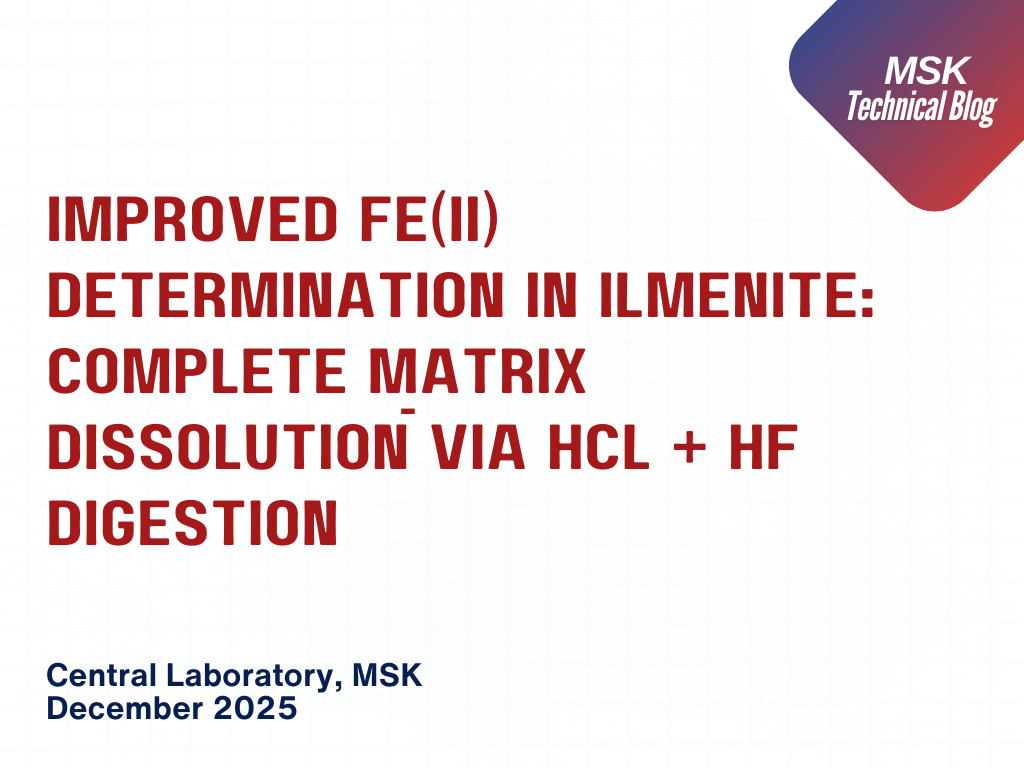
Posted on December 16 2025 By Mitra S.K ADMIN
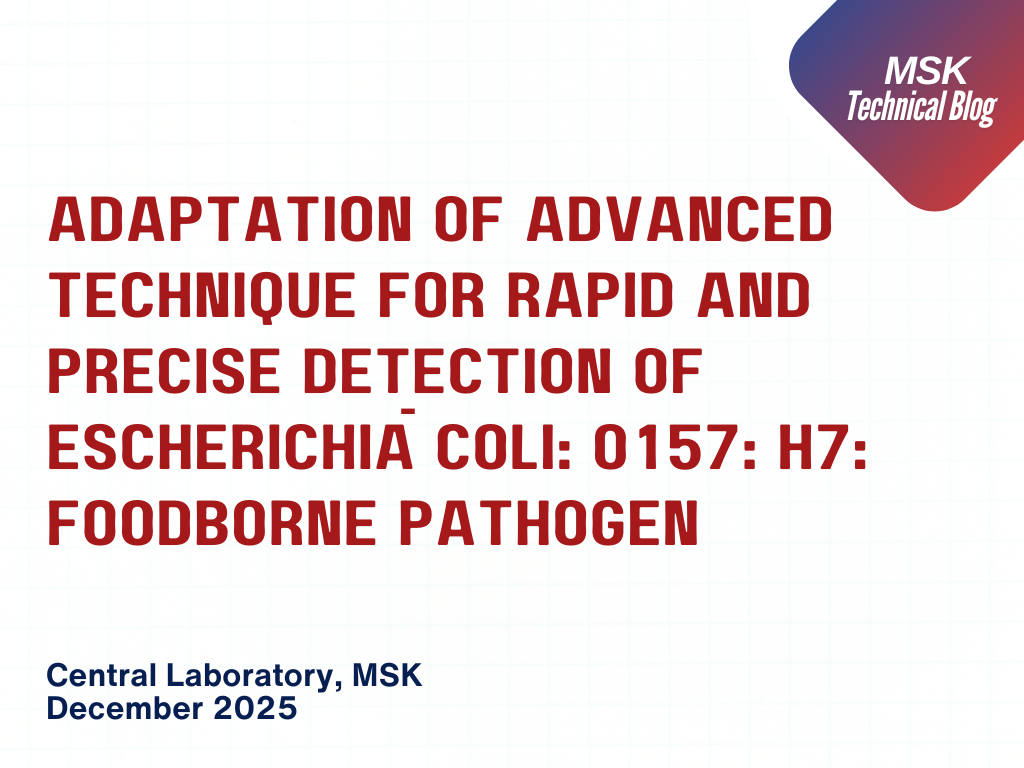
Posted on December 16 2025 By Mitra S.K ADMIN

Posted on December 11 2025 By Mitra S.K ADMIN
![Estimating Cobalt by UV-Vis Spectroscopy: The [CoCl?]²? Acetone Method](https://mitrask.com/uploads/blogs/1764834098Estimating%20Cobalt.png)
Posted on December 04 2025 By Mitra S.K ADMIN
Posted on December 04 2025 By Mitra S.K ADMIN
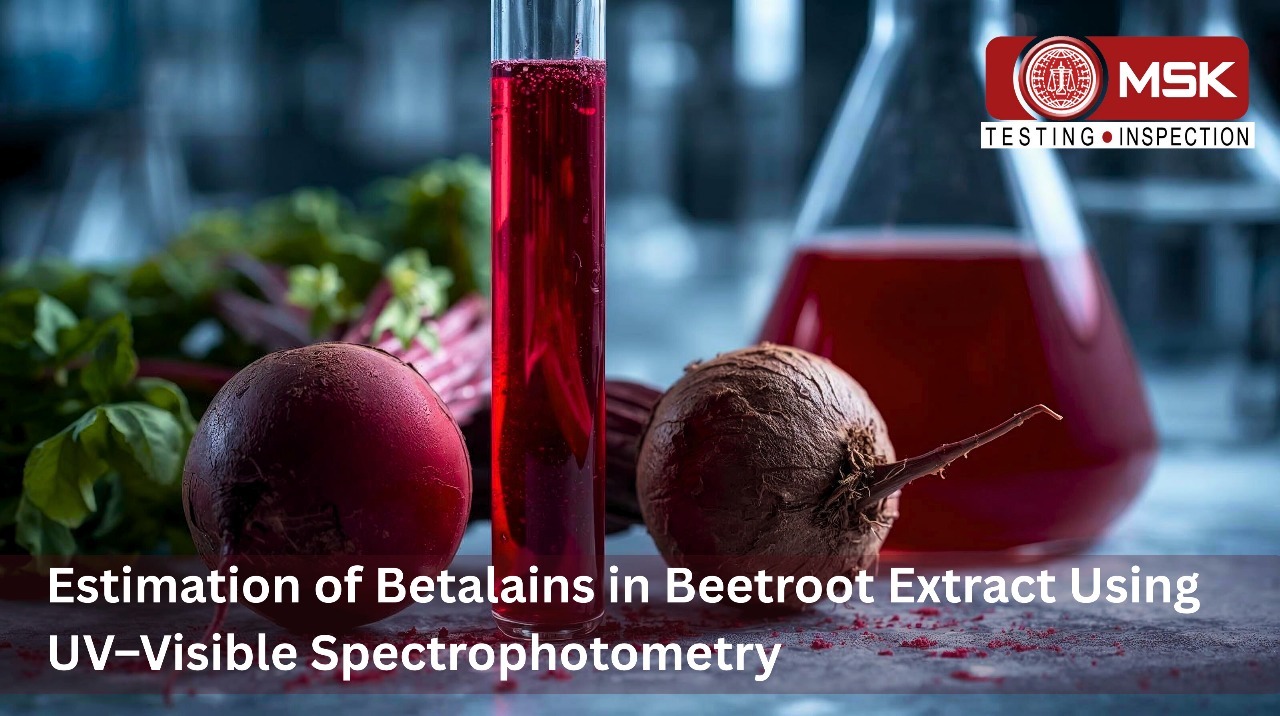
Posted on November 12 2025 By Mitra S.K ADMIN

Posted on September 23 2025 By Mitra S.K ADMIN

Posted on August 01 2025 By Mitra S.K ADMIN

Posted on July 25 2025 By Mitra S.K ADMIN

Posted on July 18 2025 By Mitra S.K ADMIN

Posted on July 01 2025 By Mitra S.K ADMIN

Posted on May 22 2025 By Mitra S.K ADMIN

Posted on January 24 2025 By Mitra S.K ADMIN

Posted on January 24 2025 By Mitra S.K ADMIN

Posted on December 31 2024 By Mitra S.K ADMIN

Posted on December 31 2024 By Mitra S.K ADMIN

Posted on December 31 2024 By Mitra S.K ADMIN
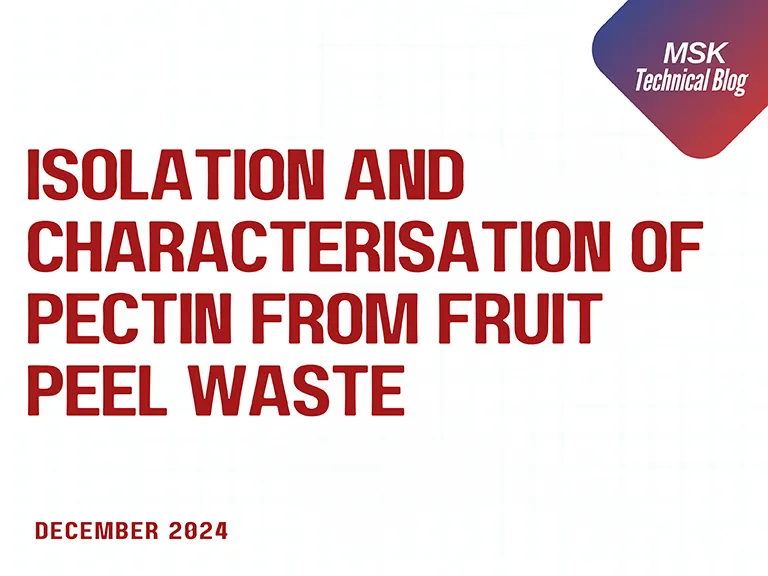
Posted on December 31 2024 By Mitra S.K ADMIN
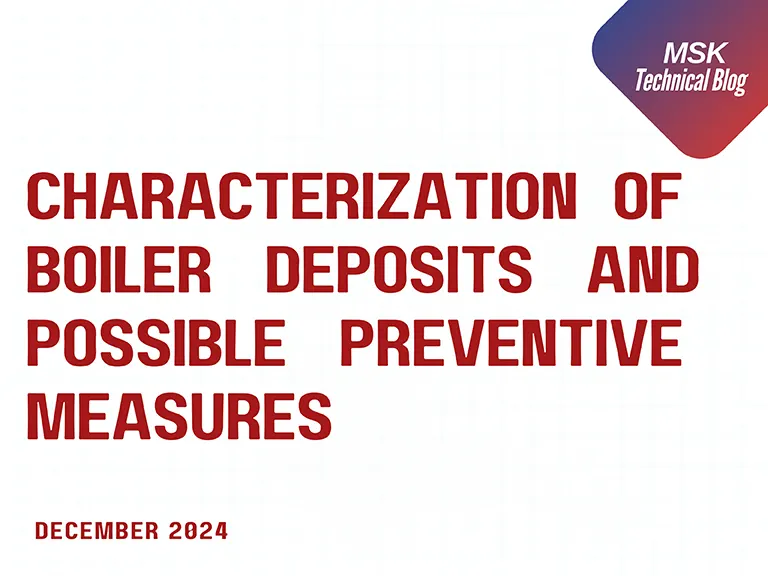
Posted on December 31 2024 By Mitra S.K ADMIN
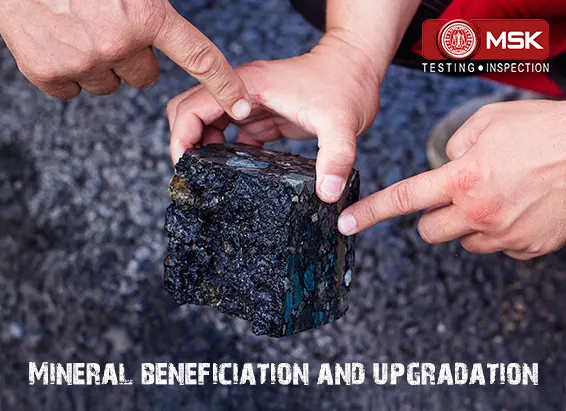
Posted on December 03 2024 By Mitra S.K ADMIN

Posted on October 17 2024 By Mitra S.K ADMIN

Posted on October 04 2024 By Mitra S.K ADMIN

Posted on September 13 2024 By Mitra S.K ADMIN

Posted on August 27 2024 By Mitra S.K ADMIN

Posted on August 23 2024 By Mitra S.K ADMIN

Posted on June 27 2024 By Mitra S.K ADMIN

Posted on June 22 2024 By Mitra S.K ADMIN

Posted on June 15 2024 By Mitra S.K ADMIN

Posted on May 24 2024 By Mitra S.K ADMIN

Posted on May 17 2024 By Mitra S.K ADMIN

Posted on May 09 2024 By Mitra S.K ADMIN

Posted on April 20 2024 By Mitra S.K ADMIN

Posted on April 13 2024 By Mitra S.K ADMIN

Posted on April 30 2024 By Mitra S.K ADMIN

Posted on April 29 2024 By Mitra S.K ADMIN

Posted on December 30 2023 By Mitra S.K ADMIN

Posted on December 30 2023 By Mitra S.K ADMIN

Posted on December 30 2023 By Mitra S.K ADMIN

Posted on December 27 2023 By Mitra S.K ADMIN

Posted on December 27 2023 By Mitra S.K ADMIN

Posted on December 27 2023 By Mitra S.K ADMIN

Posted on December 27 2023 By Mitra S.K ADMIN

Posted on December 27 2023 By Mitra S.K ADMIN

Posted on December 27 2023 By Mitra S.K ADMIN

Posted on December 27 2023 By Mitra S.K ADMIN

Posted on December 26 2023 By Mitra S.K ADMIN

Posted on April 05 2022 By Mitra S.K ADMIN

Posted on April 06 2022 By Mitra S.K ADMIN

Posted on April 06 2022 By Mitra S.K ADMIN

Posted on April 06 2022 By Mitra S.K ADMIN

Posted on April 06 2022 By Mitra S.K ADMIN

Posted on April 06 2022 By Mitra S.K ADMIN

Posted on April 06 2022 By Mitra S.K ADMIN

Posted on April 06 2022 By Mitra S.K ADMIN

Posted on April 06 2022 By Mitra S.K ADMIN

Posted on April 06 2022 By Mitra S.K ADMIN

Posted on April 06 2022 By Mitra S.K ADMIN

Posted on April 06 2022 By Mitra S.K ADMIN

Posted on April 06 2022 By Mitra S.K ADMIN

Posted on November 28 2022 By Mitra S.K ADMIN

Posted on April 06 2022 By Mitra S.K ADMIN

Posted on April 06 2022 By Mitra S.K ADMIN

Posted on April 06 2022 By Mitra S.K ADMIN

Posted on November 28 2022 By Mitra S.K ADMIN

Posted on June 14 2022 By Mitra S.K ADMIN






